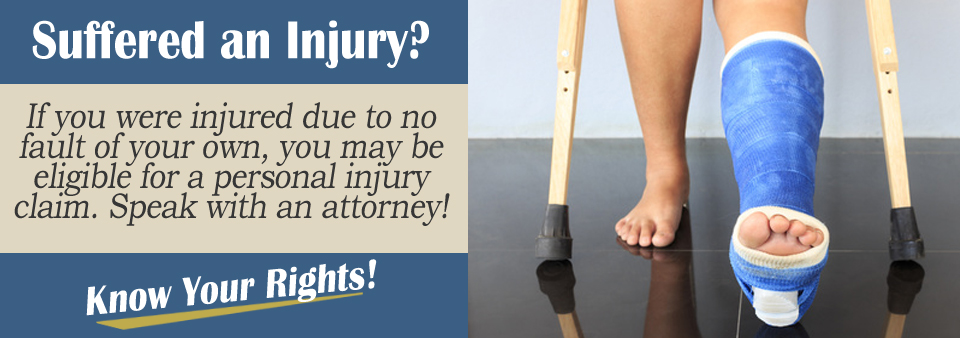Rear ended accidents are common in congested cities. It doesn’t matter what sort of vehicle you are driving or riding, the chance of being hit in the rear is quite high.
If you are riding a scooter, a popular and economical way of getting around, a rear ended accident can end in disaster. At the least, damage to your scooter is likely and you may end up on the ground with injuries.
Most rear ended accidents are caused by careless driving by the vehicle that hits you from behind. That means you should have a good chance of claiming appropriate compensation from the driver’s insurer. Discuss your legal options with a personal injury lawyer as soon as you are able to do so.
Damages That You Could Claim For in a Rear Ended Accident
When claiming compensation after a scooter accident, you will need to file a personal injury claim detailing what exactly you are claiming.
The main damages you would claim for are:
- the full cost of any medical treatment you received, including any future medical costs predicted;
- compensation for any lost earnings due to time taken off work as a result of the injury;
- damage to any property, particularly your scooter;
- any other non-economic payments, such as for ‘pain and suffering.
You will need to submit documentation with your claim showing proof that the amounts claimed are justified and are due to the accident. You may need help from a lawyer when calculating figures for things like pain and suffering as they may be more subjective.
Determining Fault After a Rear Ended Accident on a Scooter
It is important to prove that someone else, i.e. the driver whose vehicle hit you from behind, was behaving in a negligent way and that the negligence was a direct cause of your injuries. The more convincing the evidence you have, the more likely you will convince the driver’s insurer to release a fair payment in compensation.

Typical evidence that can be used to determine fault includes:
- examination of your scooter, as well as the other vehicle, for damage;
- eye witness statements;
- photographic evidence;
- the police report compiled at the scene after police officers have interviewed anyone concerned.
Police officers will generally be able to tell who was at fault in a rear ended accident. Typically, the vehicle behind tends to be at fault as they are required by law to keep a safe distance behind any vehicle they are following.
The driver-at-fault’s insurance adjuster may argue that you were partly to blame, e.g. your brake lights were not working. Even if this is the case, it is wise not to admit fault straight away. In many states, shared negligence allows compensation to be paid out in proportion to the degree of fault.
How a Personal Injury Lawyer Can Help With Your Claim
The fact that you have been hit from behind tends to make proving fault easier, but you are still advised to seek advice and legal assistance from an experienced personal injury lawyer when submitting a personal injury claim.